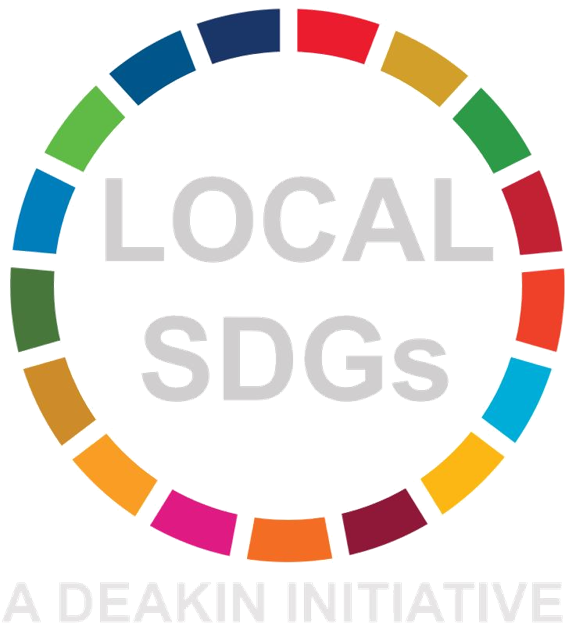Co-creating local socioeconomic pathways for achieving the sustainable development goals
2021
Authors
Katrina Szetey, Enayat A. Moallemi, Emma Ashton, Martin Butcher, Beth Sprunt & Brett A. BryanAbstract
The Sustainable Development Goals (SDGs) recognise the importance of action across all scales to achieve a sustainable future. To contribute to overall national- and global-scale SDG achievement, local communities need to focus on a locally-relevant subset of goals and understand potential future pathways for key drivers which influence local sustainability. We developed a participatory method to co-create local socioeconomic pathways by downscaling the SDGs and driving forces of the shared socioeconomic pathways (SSPs) via a local case study in southern Australia through contextual analysis and community engagement. We linked the SSPs and SDGs by identifying driving forces and describing how they affect the achievement of local SDGs. We co-created six local socioeconomic pathways with the local community which track towards futures with different levels of fulfilment of the SDGs and each encompasses a narrative storyline incorporating locally-specific ideas from the community. We tested and validated the local pathways with the community. This method extends the SSPs in two dimensions–into the broader field of sustainability via the SDGs, and by recontextualizing them at the local scale. The local socioeconomic pathways can contribute to achieving local sustainability goals from the bottom up in alignment with global initiatives.
The process of localizing SDGs and driving forces to create local socioeconomic pathways. The creation of local socioeconomic pathways is underpinned by community engagement and contextual analysis, which are represented by the intersecting circles beneath the boxes.


